Wreck-It Ralph
Before the golden tickets and chocolate rivers, there was a dreamer with a recipe for wonder.
Wreck-It Ralph dives into the digital heart of arcade games —
and somewhere between racing, redemption, and rainbow
sprinkles, it builds one of cinema’s most iconic “candy
worlds.”
The film’s Sugar Rush universe is a high-speed confectionary
kingdom: mountains of frosting, cola geysers, and racetracks
made of cookie dough. It’s not just a game — it’s a
sugar-fuelled metaphor for friendship and belonging.
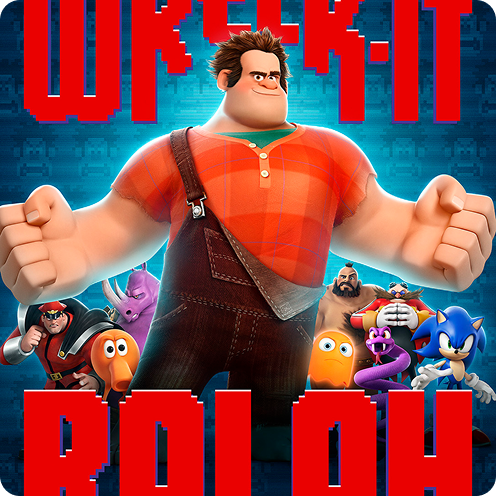
Visual Design & Aesthetic
The design of Sugar Rush is a love letter to Japanese kawaii
culture, 1950s candy ads, and arcade maximalism.
Everything gleams
with edible texture — glazed donuts as tires, candy canes as
guardrails, and marshmallow cloudsdrifting across a pastel sky.
Production designer Mike Gabriel and art director Cory
Loftis blended real dessert references with the exaggerated
proportions of a racing game.
Each frame feels alive, sticky, and
sweet — a kinetic explosion of colour and nostalgia.
Themes
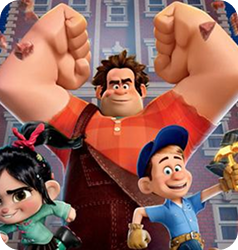
Identity & Self-Acceptance
Ralph’s journey mirrors the sugar world’s message: imperfection is sweet.
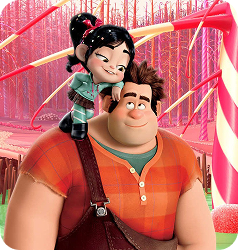
Play & Freedom
The racetrack becomes a metaphor for autonomy and creative rebellion.
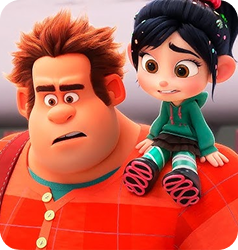
World-Building through Food
Candy as architecture, hierarchy, and comfort.
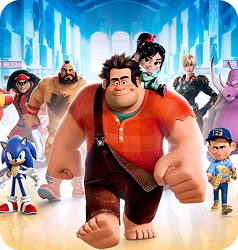
Digital Nostalgia
A visual bridge between 8-bit childhoods and cinematic animation.
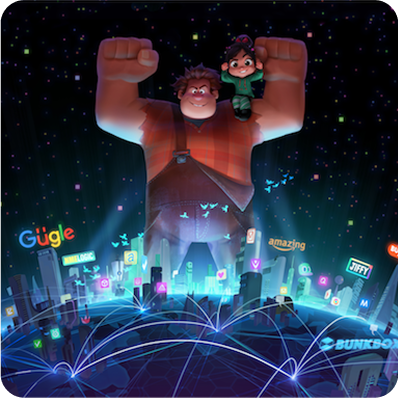
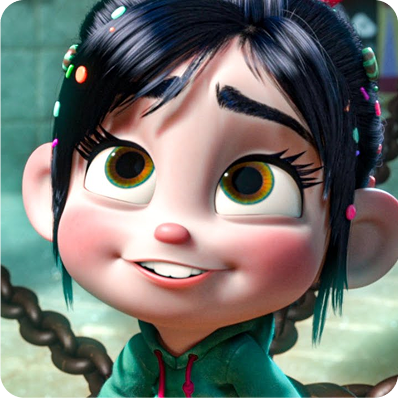
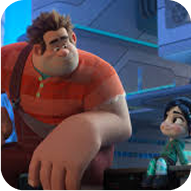
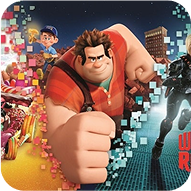
Behind the Scenes
The Sugar Rush world was inspired by both real candy factories and vintage theme parks. Designers experimented with procedural texturing to make candy shine realistically — each material (jelly, chocolate, gumdrop) had its own physics and light behaviour. The animators even studied how syrup drips to make the world feel believable.
Composer Henry Jackman used 8-bit sound layers and retro synths to match the nostalgic yet modern aesthetic.